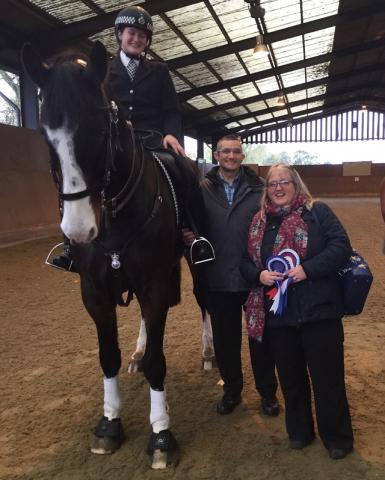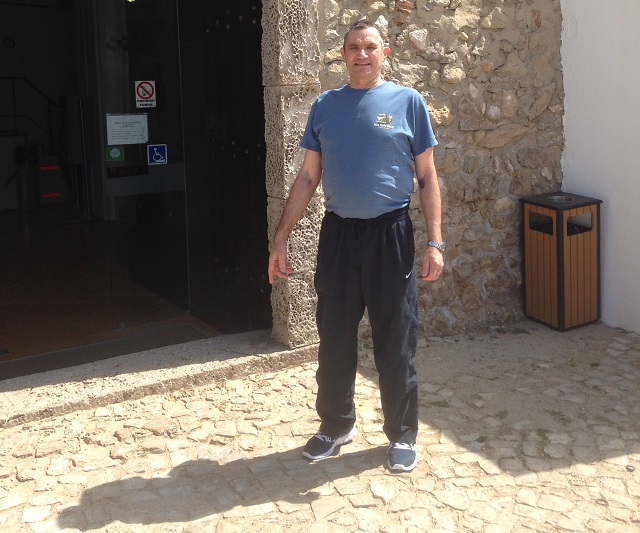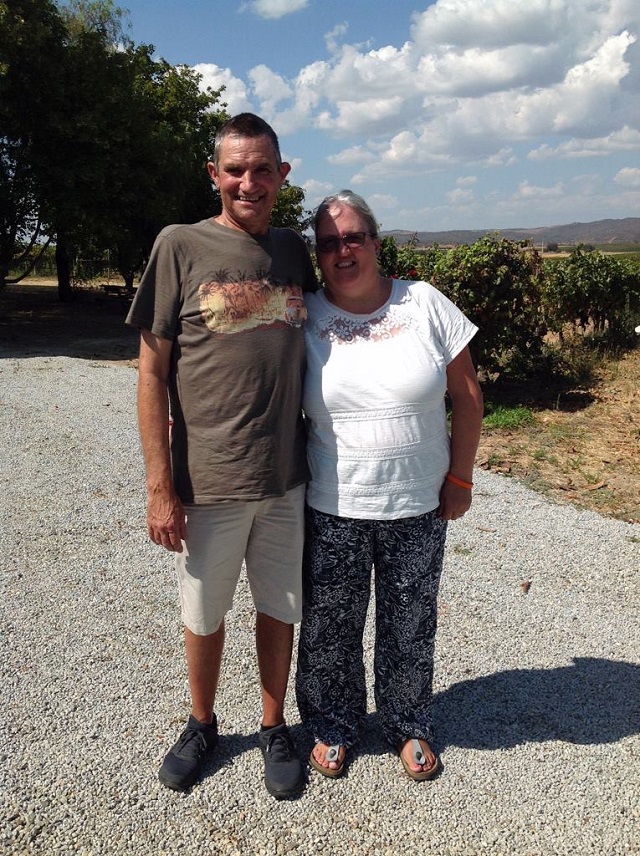Paul (57), from Grays in Essex, had a transplant in 2014 for T-cell leukaemia. He’s shared his experiences of life after transplant with us, particularly living with graft versus host disease (GvHD), which is a complication of having a stem cell transplant.
My stem cell transplant
I had my transplant in February 2014 – I had been totally wiped out from the treatment for two weeks after, then I caught flu and spent further time in isolation. It was a bit like being in purgatory!
It was quite daunting, I didn’t really feel prepared for it. My sister was searching everything on Google, but I said, ‘what you get is what you get – let’s just deal with it!’
But if I could go back again and prepare myself a little better for treatment, I would. You need to put your serious head on for a few days and get ready for the onslaught.
The first signs of GvHD
I first noticed the acute graft versus host disease in hospital around three to four weeks after my transplant. I had a bit of redness on my legs; it started off with some red patches that my wife noticed.
We told the doctor when he came in to see me, and by the time he’d left the room about two to three minutes later the red patches had turned to purple – it was like someone had painted my legs and arms! I was put on steroids straight away, and it only lasted a few days.
I came home from hospital in early April. The sun was shining and I set the gazebo up in the garden, but I ended up sitting out in the sun covered up in a big coat, hat and gloves because even though it was warm - I felt cold!
l can remember feeling cold most of the time, and that can be part of the skin GVHD.
The onset of chronic GvHD
By July I felt like I could have gone back to work and could cope with most things.
We went to Portugal on holiday in August. I’m not greedy, but I usually have a good appetite, and while we were there I started to notice that I couldn’t finish my food. By the time I came back I was quite poorly.
And that was the onset of the chronic GvHD – I had problems swallowing food, couldn’t finish my food, and if I had a main meal I couldn’t eat dessert as normal.
The first thing we did when I got back was report to the local hospital as I also had a fever, then mid-week I went to my transplant centre and they confirmed the symptoms were chronic GvHD.
If there are 100 symptoms of GvHD – I’ve had 99. My skin, hair, scalp, eyes, mouth, lungs and intestines have been affected. I’ve had aching joints and muscles, sinus problems and thickening of the skin around my ankles – they look like my old nan’s legs now!
The most worrying is the lung problems – I get short of breath. I can walk reasonably well, but odd jobs around the house are difficult. I remember trying to repair a switch in the cooker this time last year. Even a simple job like that took me all day, because I was so breathless.
Treatment for my GvHD
I’m having lots of treatment for GvHD – I’m still on the immunosuppression – ciclopsorin, as well as other regular medications. I have various creams for the skins, eye drops for the GvHD in my eyes. And I’ve been having a treatment called extracorporeal photopheresis (ECP) as well, which seems to be helping.
I also still suffer from fatigue now two years down the line – I’ve always had a manual kind of job, and decorated the house, been really hands-on. Now I do jobs in the morning so I can rest in the afternoon.
We did talk about GvHD before my transplant – the consultant went through it – but not in a great deal of detail. I feel like I’ve been lucky, though. All the GvHD has been running along in the background. I just take it as it comes, deal with it and get on with it.
I feel like now it’s just a fact of managing it; at moment I can handle it, and the treatments are keeping it under control.
I saw an advert on TV the other day that said you shouldn’t have to deal with cancer on your own – but I’ve never been lonely. My wife, daughter, family –everybody, really – has supported me. I could talk the hind legs off a donkey - to anyone who will listen! I’m of the opinion that sharing an experience will hopefully help someone else get through it.
Find out more:
Download our new leaflet Life After Transplant: An Essential Guide to Graft Versus Host Disease (GvHD) for the facts on GvHD. Or read our page on GvHD for more detailed information.
DISCLAIMER: At Anthony Nolan we take great care to provide up-to-date and accurate facts about stem cell transplant. We hope the information here will help you to look after yourself. Each transplant centre will do things differently, so this blog is just a general guide and it’s not intended to replace advice from your doctor. Please speak to your transplant team for more details about your own situation.
Sign up to Before, During, After, Anthony Nolan’s quarterly e-newsletter for patient and their families, to receive content like this in the future.


